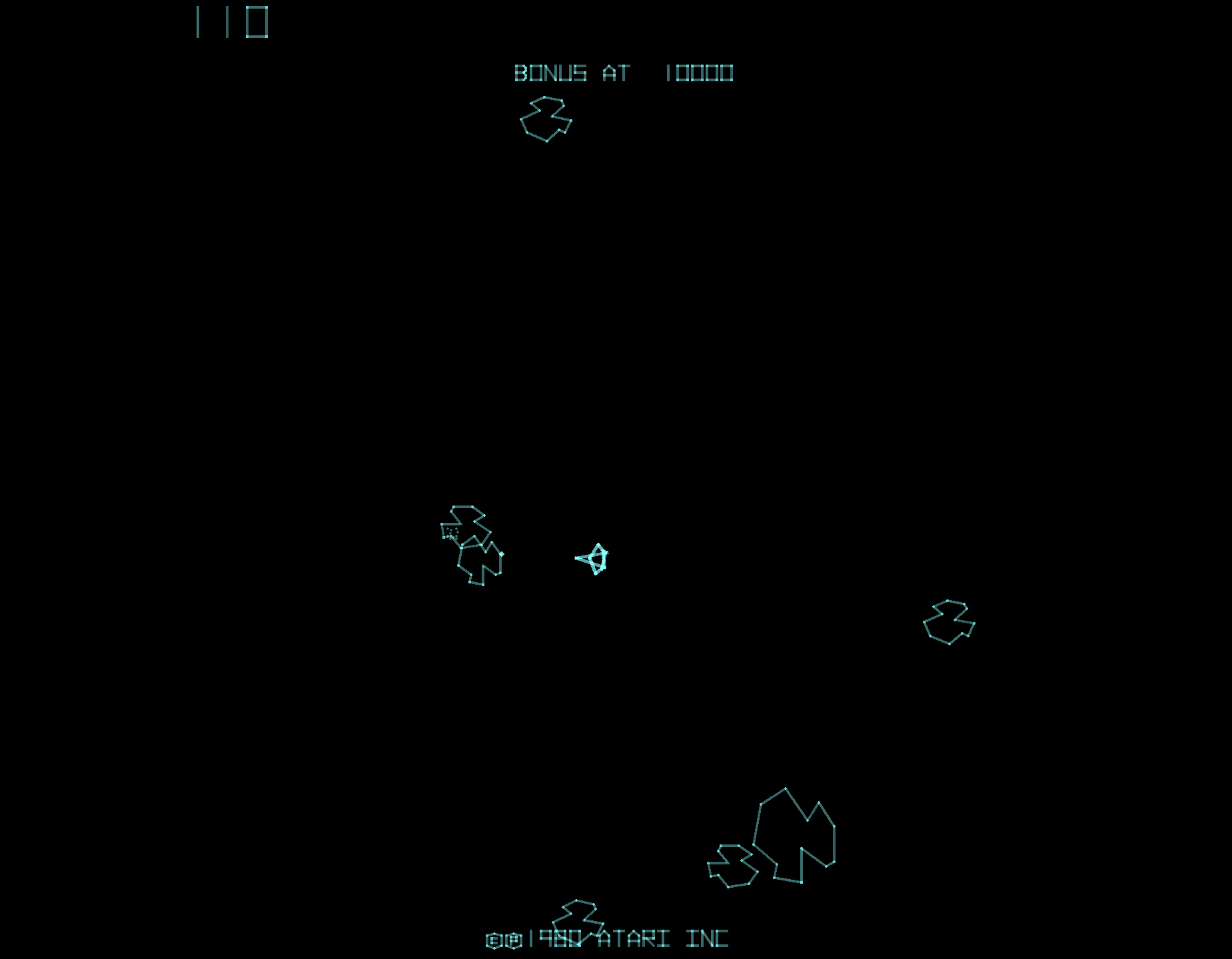Introduction
Released in 1981, Asteroids Deluxe is the official follow-up to Atari’s massively successful Asteroids (1979). While the original popularized vector graphics and high-score chasing, Deluxe aimed to refine the formula by increasing difficulty, introducing new enemies, and enhancing visual clarity. It maintained the same core gameplay—flying a spaceship in open space and destroying asteroids—but added a sharper edge to challenge veteran players.
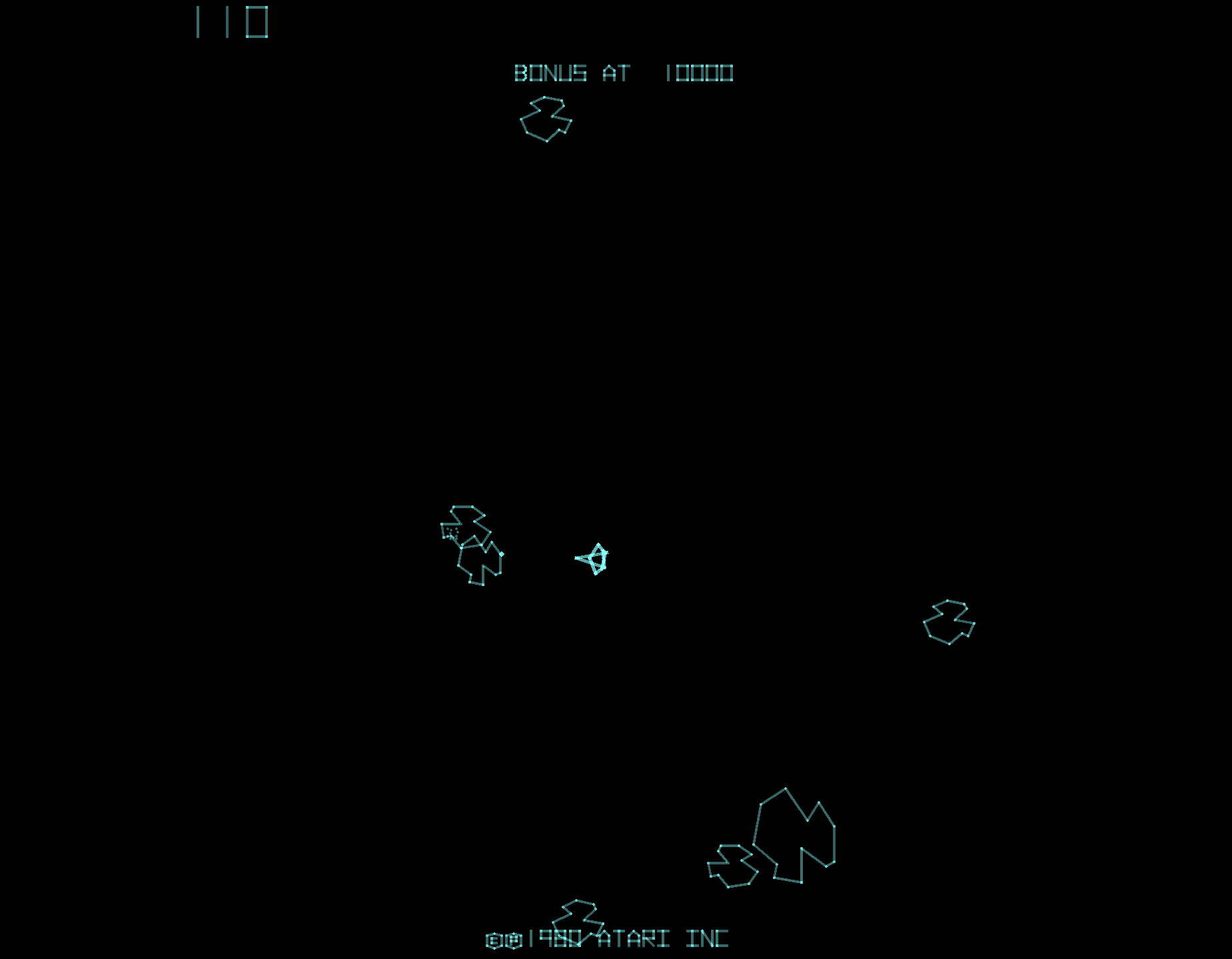
Development and History
- Developer: Atari, Inc.
- Publisher: Atari, Inc.
- Release Date: 1981
Asteroids Deluxe was designed to address exploits in the original Asteroids, particularly the ability to hide in a safe zone near the screen edges. Atari’s development team, led by programmer Dave Shepperd, added new mechanics and improved difficulty tuning to make the gameplay more balanced.
The game continued to use a vector monitor (black-and-white with a blue gel overlay) and featured sharp, glowing line art consistent with Atari’s early arcade style. While not as commercially dominant as the original, Asteroids Deluxe is considered a purist's sequel.

Gameplay Video
Gameplay and Mechanics
Core Gameplay
Players control a triangular spaceship in a wraparound 2D space field. The objective is to shoot and destroy asteroids and enemy ships without crashing or being hit.
- Thrust and Rotation: Players use buttons to rotate left/right and thrust forward.
- Fire and Shield: The standard fire button shoots projectiles; the “hyperspace” from the original is replaced by a protective shield.
- Screen Wraparound: Objects and the player loop from one side of the screen to the other.
- UFOs and Killer Satellites: In addition to asteroids, players must fend off flying saucers and a new enemy—Killer Satellites.
New Features and Challenges
- Killer Satellites: These enemies break into smaller, homing fragments when hit, adding difficulty and unpredictability.
- Shield Mechanic: Replaces hyperspace; it protects the ship temporarily but depletes with use.
- No Safe Zones: Game logic prevents edge-hiding by having saucers target more accurately.
- Faster Gameplay: Increased speed and aggression in enemy behavior.
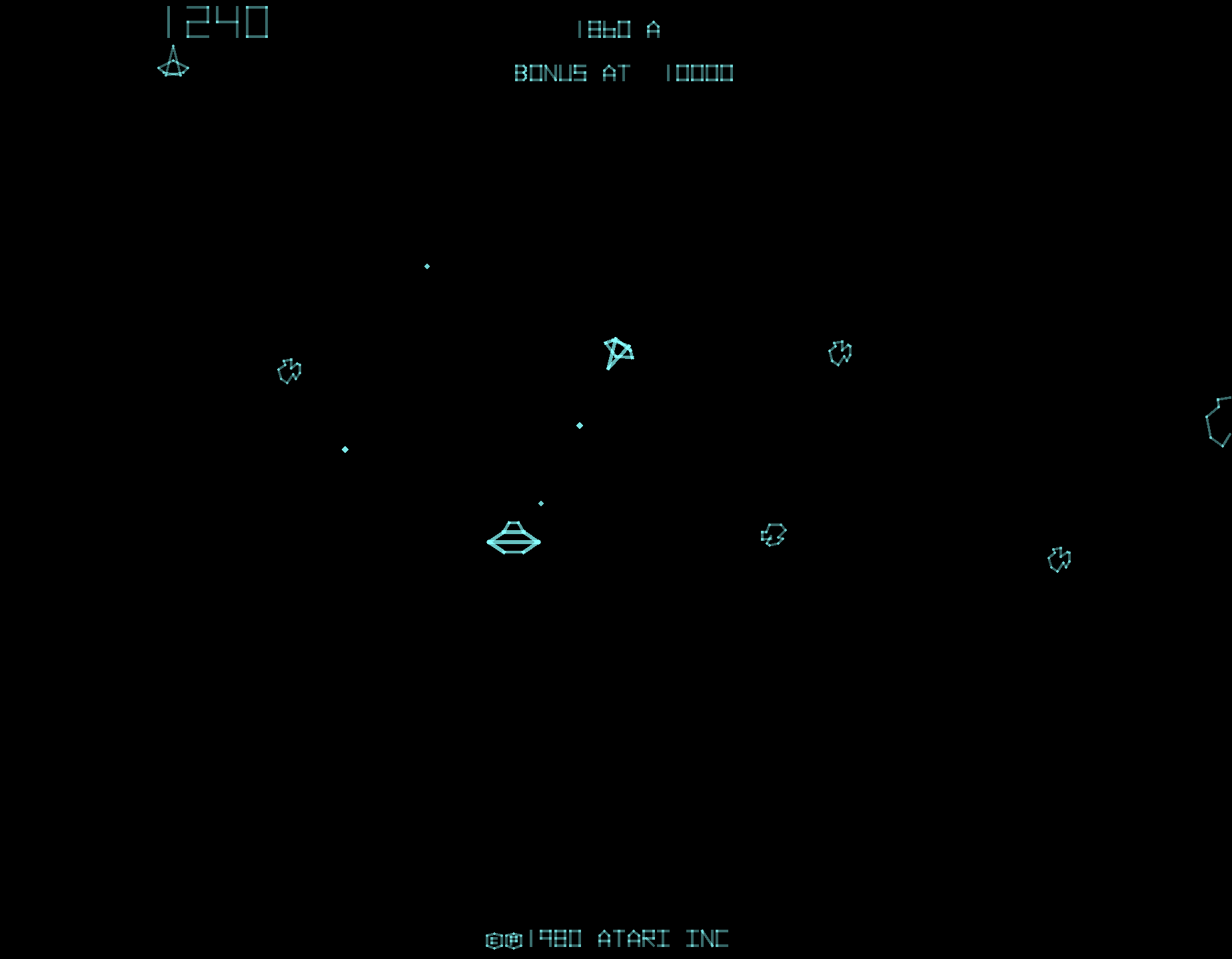
Cultural Impact and Legacy
- Hardcore Reputation: Known for being significantly harder than the original.
- Cabinet Artwork: Features a distinctive glowing blue overlay on the monitor to simulate color.
- Vector Graphics Legacy: Helped keep vector-based games alive at Atari during the early '80s.
- Collector Appeal: Less common than the original Asteroids, Deluxe is prized by collectors for its difficulty and refined design.
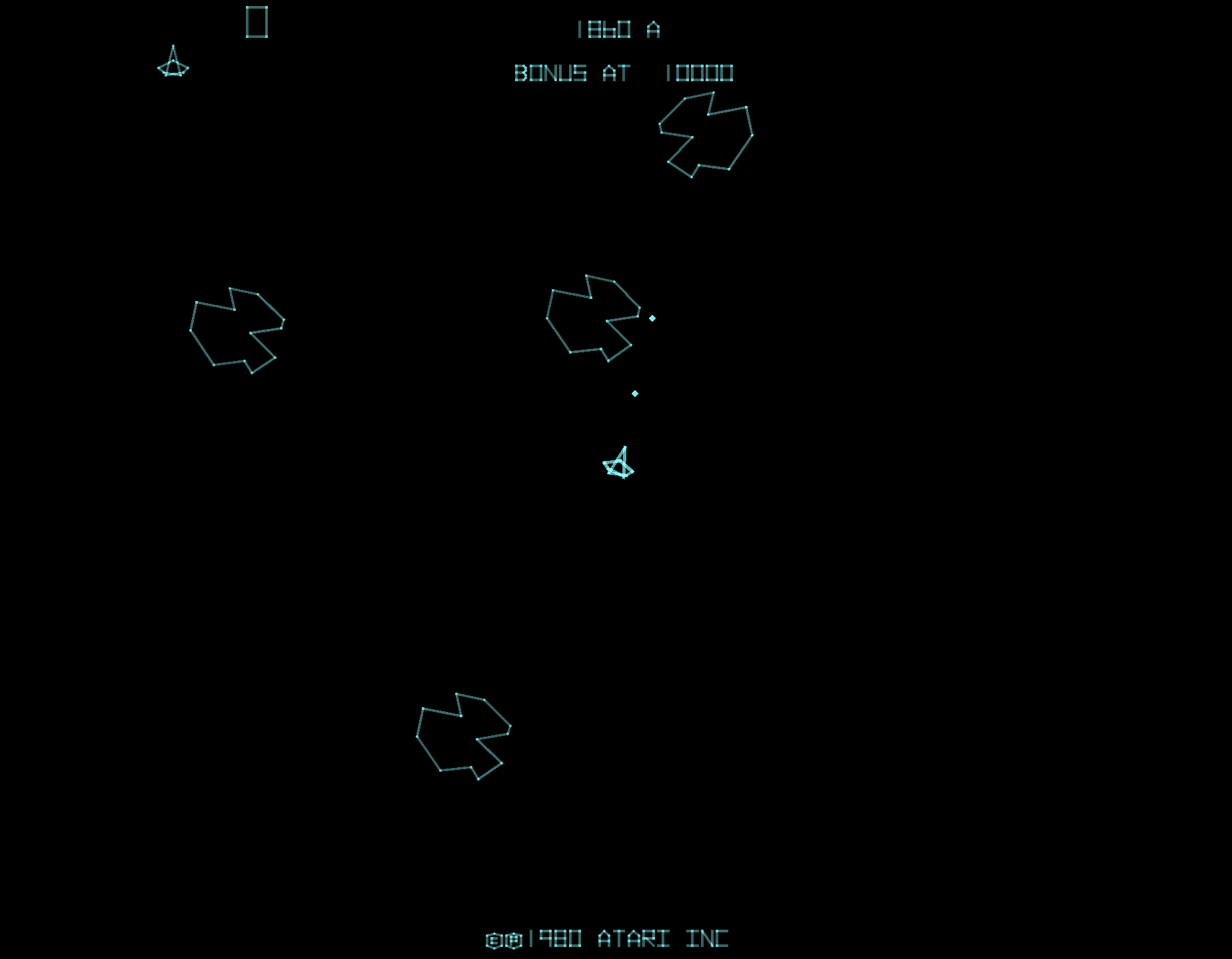
Fun Facts
- Designed to Prevent Camping: Developers specifically adjusted saucer AI to eliminate the “edge hiding” trick.
- No Color Monitor: The blue hue comes from a physical overlay, not true color rendering.
- Shared Cabinet Hardware: Used similar internal components as the original Asteroids, making it easier to convert.
- Prototype Names: Early development names included Asteroids II before settling on Deluxe.
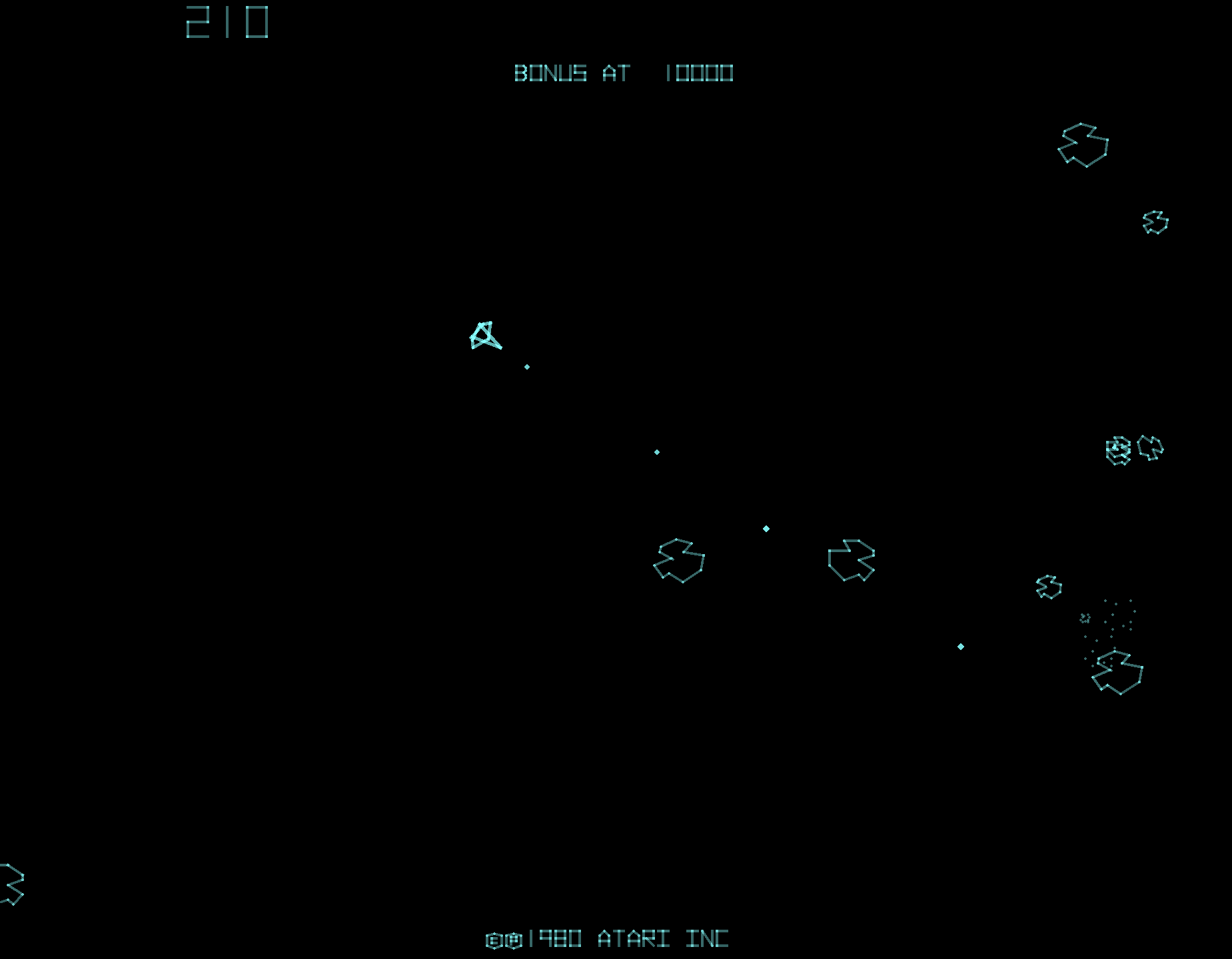
Conclusion
Asteroids Deluxe isn’t just a sequel—it’s a direct answer to experienced arcade players who mastered the original. With tighter mechanics, smarter enemies, and a more punishing difficulty curve, it solidified Atari’s place as a developer that listened to its community and iterated with intent.

